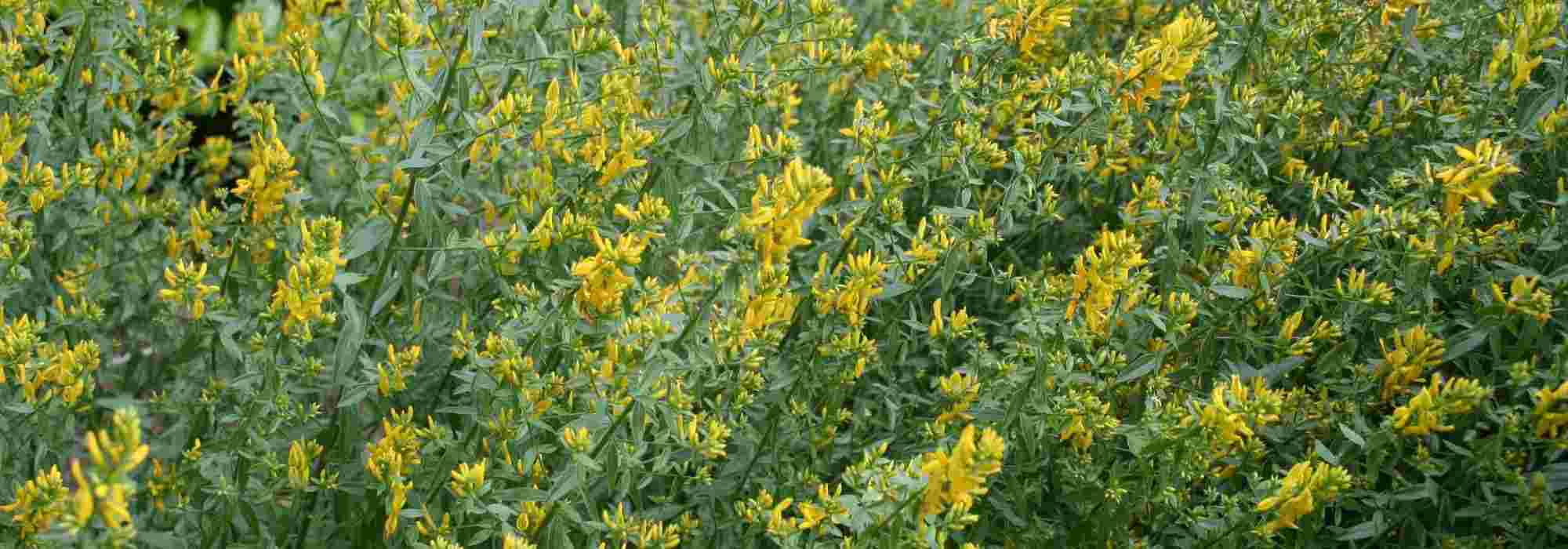
12 dye plants for natural dyes
Vibrant plants to grow in the garden!
Contents
Thanks to the pigments found in their flowers, leaves, roots, berries, or bark, some plants allow for beautiful colours to be obtained for making your own natural dyes and plant paints. These are dye plants, whose botanical name “tinctoria” (from the Latin tinctorius meaning “that which is used for dyeing”) clearly reveals their nature.
Before the rise of chemical dyes, dye plants brought fame and fortune to our regions. Among the most famous “Tinctoria” are madder red (Rubia Tinctoria), weld yellow (Reseda Luteola), and woad blue (Isatis Tinctoria), which became the blue of the kings of France.
Here is a selection of vibrant plants, common in gardens, and chosen for their ornamental qualities as well as the richness of their pigments. We also provide three methods for preparing a plant dye that you can make yourself. The shades obtained are always unique. It’s up to you to create…
Shades of Yellow & Orange
Yellows are quite easy to obtain, and the shades produced are numerous, ranging from golden yellows to vibrant oranges.
Saffron (Crocus sativus) – Intense yellow to orange
The saffron crocus is a perennial bulb with lovely mauve flowers (family Iridaceae), whose red stigmas are made of saffron and have an astonishing dyeing power: one measure of saffron can colour up to 100,000 times its volume in water. Saffron is also a spice sought after for its incomparable aroma and medicinal properties. This lovely autumn bulb should be grown in full sun in very well-drained soil, even calcareous and dry in summer.
Dyer’s Chamomile (Anthemis tinctoria) – Yellow, lemon yellow, golden yellow, olive green
Anthemis tinctoria is a herbaceous perennial (family Asteraceae), from which golden yellow pigments are extracted from its dried flowers. Dyer’s chamomile forms beautiful compact clumps, very floriferous, composed of small pale yellow daisies with a central golden yellow disc. Like other varieties of Anthemis, it thrives in rocky, poor, well-drained soils and enjoys full sun.
Common Heather (Calluna vulgaris) – Bronze yellow
All common heathers can produce beautiful pigments, with very varied shades. The decoction of heather yields a beautiful golden yellow, while the young shoots in early spring will give a more olive-toned, bronze yellow. Calluna or common heather (family Ericaceae) is adorned with a multitude of small pink bells in August and September to brighten up rockeries, path edges, or woodland margins. It also adapts very well to pot cultivation and in window boxes, where it will form beautiful seasonal displays.
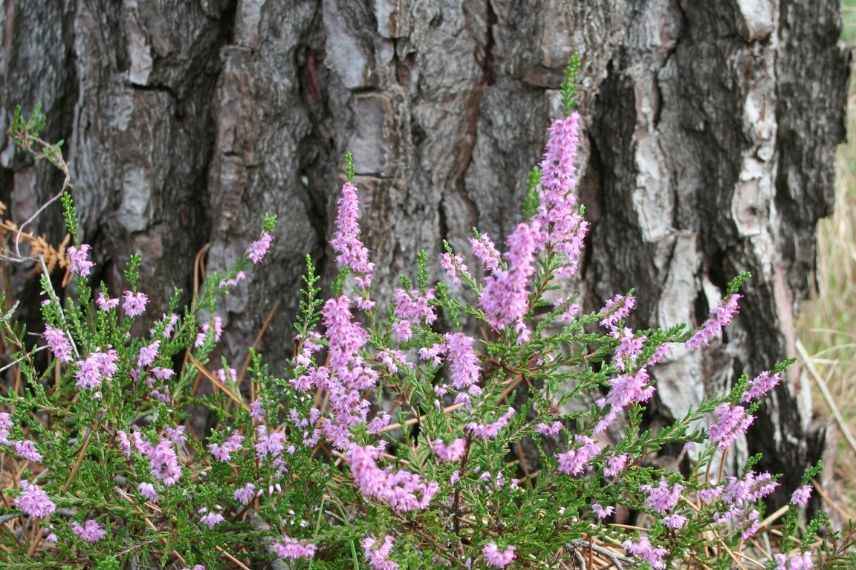
Dyer’s Broom (Genista tinctoria) – Yellow
The pigments present in the fresh flowers of the dyer’s broom produce different shades of yellow, ranging from bright yellow to golden yellow depending on the variety used. This small bush forms a beautiful woody clump that blooms abundantly in May-June. Sunny and slightly fragrant, broom is stunning when planted alone, in borders, or as a foreground plant in a flower bed. It prefers poor, well-drained soils and full sun but dislikes stagnant moisture. Let’s not forget that it also has medicinal properties.
St. John’s Wort (Hypericum) – Golden yellow, orange, and copper
Tradition dictates that the “plant with a thousand holes” is harvested on the eve of St. John’s Day, at the summer solstice. Its flowers then produce a beautiful golden yellow or, depending on the strength of the infusions, coppery tones, russets, and oranges. Not demanding, with a rapid growth rate, St. John’s Wort (family Hypericaceae) is a hardy perennial or shrub that withstands cold and adapts to all soils. It can be grown in the garden for its incomparable brightness or in pots, where it will also thrive.
Shades of red
Many plants provide beautiful reds that adorn gardens with their deep and vibrant hues. Let yourself be surprised by red plant dyes, extracted from… green plants!
Golden Cosmos (Cosmos sulphureus) – Red
From the daisy family, cosmos are undoubtedly among the easiest annuals to grow. Flowers of the golden cosmos (with orange blooms) are used to extract red dye and paint, while their stems yield yellow shades. In pots, borders, or beds, golden cosmos thrive from June until the first frosts. Their long flowering period will attract bees and butterflies to your garden.
Dahlia (Dahlia) – Bright orange to red-orange
The flower of the dahlia (Asteraceae family) provides a beautiful orange that varies in intensity depending on the dyeing process. The shades can also range from orange to red, including pink, depending on the flower colours. Just like golden cosmos or coreopsis, it is the flower petals that produce the plant dyes. Shape, height, colour… there are numerous varieties of this tuberous plant. One thing is certain, whichever dahlia you choose, its flowering will continue throughout the summer, whether you grow it in the ground or in pots.
Snowberry (Symphoricarpos albus) – Red-brown
Also known as the “pearl bush,” snowberry is a very decorative bush, often planted in hedges. Its discreet pink bell-shaped summer flowers transform into very graphic white berries until January. Its tannins reveal themselves through photo-oxidation (oxidation under light) and produce red-brown tones. This beautiful plant promotes biodiversity in the garden as its flowering is melliferous and its berries attract insects and birds!
Discover other Heathers
View all →Available in 0 sizes
Available in 0 sizes
Available in 0 sizes
Available in 1 sizes
Available in 3 sizes
Available in 2 sizes
Available in 2 sizes
Available in 3 sizes
Available in 2 sizes
Available in 1 sizes
Shades of blue & purple
Vinca, ceanothus, agapanthus, plumbago or hydrangea, many blue flowers are present in the garden, but few possess dyeing properties. However, there are a few among which…
The Woad (Isatis tinctoria) – Blue
The most famous of all, Isatis tinctoria, better known as woad or dye woad, or even Lauragais herb, is a herbaceous plant native to Central and Eastern Asia as well as Southeast Europe. Don’t be fooled by its yellow flowers, but rather by its foliage, from which the blue pigment called indigo is extracted. It is indeed the only European plant that naturally provides this pigment, although extracting its colour requires long and complex steps. Woad has conquered the great courts of Europe. A colour of nobility, blue and its multiple shades were also used by painters and decorators. In France, it brought wealth to the South-West, particularly in Albi and Toulouse.
The Isatis is a lovely ornamental plant that fits well into flower beds and is used to create vibrant bouquets. It can be used in the vegetable garden like mustard, with its flowers and leaves consumed in salads. It enjoys open, sunny, and well-drained areas. Full of resources, Isatis is also an ancient medicinal plant, recognised for its dermatological virtues, particularly healing. A little reminder from Greek “Isado” which means “to heal”!
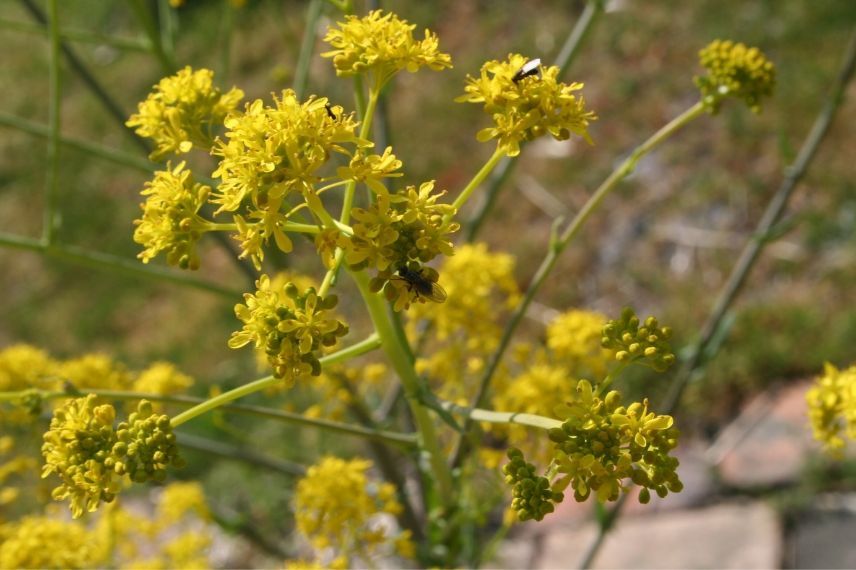
The Blackthorn (Prunus spinosa) – Blue
The roots of the blackthorn yield a beautiful slate blue. By mixing roots and berries, a vibrant blue is obtained. From the ripe sloes, picked in October, a lovely pink can also be extracted, but it is fragile when washed. This large bush or small deciduous spiny tree with a bushy habit is a familiar sight in our landscapes, punctuating them in spring with a superb white flowering. Well known for its black and edible fruits, the sloes are sought after by birds, making it a perfect addition to a country hedge. Perfectly hardy, truly robust and resilient, it thrives in fairly fertile clay-limestone soils and grows everywhere, without care and maintenance, even in dry soil.
The Cornflower (Centaurea cyanus) – Blue
This cornflower, also called centaury, is a perennial that is sown in spring, directly in place, in all types of soil. Alongside poppies and grasses, it adds a slightly old-fashioned charm to natural gardens. The deep and bright blue of its flowers has long been used for illumination. The cornflower blooms from June to August.
The Hollyhock (Alcea rosea ‘nigra’) – Violet, blue-violet
Beautiful shades of violet to blue-violet can be extracted from the petals of the purple hollyhock. This perennial (family Malvaceae) or biennial is a staple of country gardens, thriving along walls, sheltered from the wind. Its floral spikes can rise to over 2 metres, structuring the garden and giving it a little air of Île de Ré! The hollyhocks come in a wide range of colours, from white to almost black purple, including powder pink, cream yellow, orange, and red. Not only dyeing, the hollyhock is also an edible plant: its flower buds and leaves can be enjoyed raw or cooked, in salads.
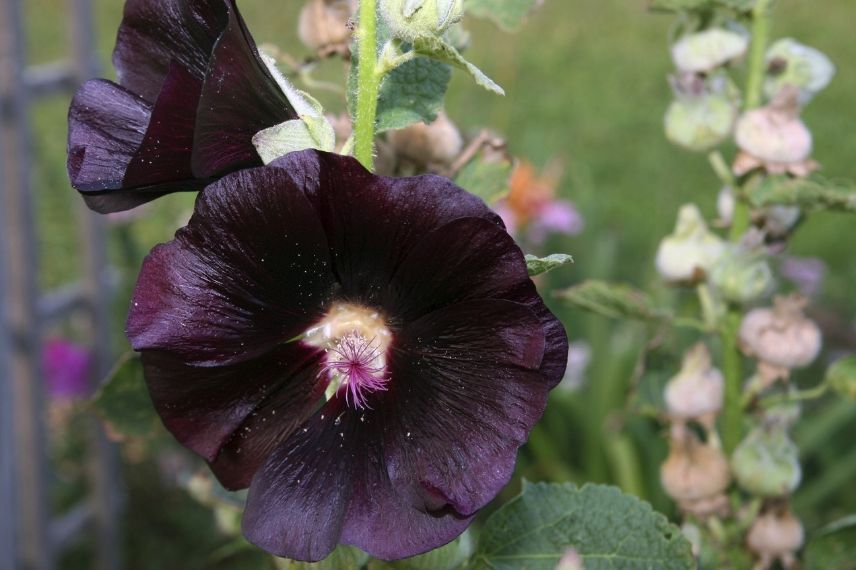
And what about green?
Green dye can be obtained by mixing blues and yellows. One can also extract lovely green shades from a decoction of fern leaves, elder, or fig.
Je suis prêt à traduire. Veuillez fournir le texte que vous souhaitez que je traduise.
Infusion, decoction, or maceration allow you to easily obtain a coloured bath that will be used to dye your materials. The higher the concentration of plant material, the more intense the colour. The shades obtained are always unique!
Whichever method you choose, your material to be dyed must be prepared to properly fix the colour. This step, known as mordanting, can be done with three different mordants: alum, copper sulfate, and iron sulfate.
Exploring Dye Plants
If you wish to explore the colours of your dye plants and create your natural plant dyes, here is both a recipe book and an inspiration notebook: Plant Dyes, published by Eyrolles. Its author, Aurélia Wolff, mixes leaves, roots, barks, and flowers to create colour charts that she explores on various materials: skeins of wool, weaving or knitting threads, organic fabrics, or reclaimed textiles, as well as linen grown and made in France. Primarily an artisan, she shares in this book the fruits of her experience in natural dyeing and her environmentally respectful approach.
For the more passionate, the Conservatory Garden of Dye Plants in Lauris, located in the heart of the Lubéron Regional Park, opens its doors and gardens from early May to late October. Situated on the terraces of the château, this unique site in Europe cultivates nearly 250 species of dye plants. It offers a fun and educational journey that also raises awareness about environmental protection and respect for biodiversity. It is managed by the Couleur Garance association.
- Subscribe!
- Contents
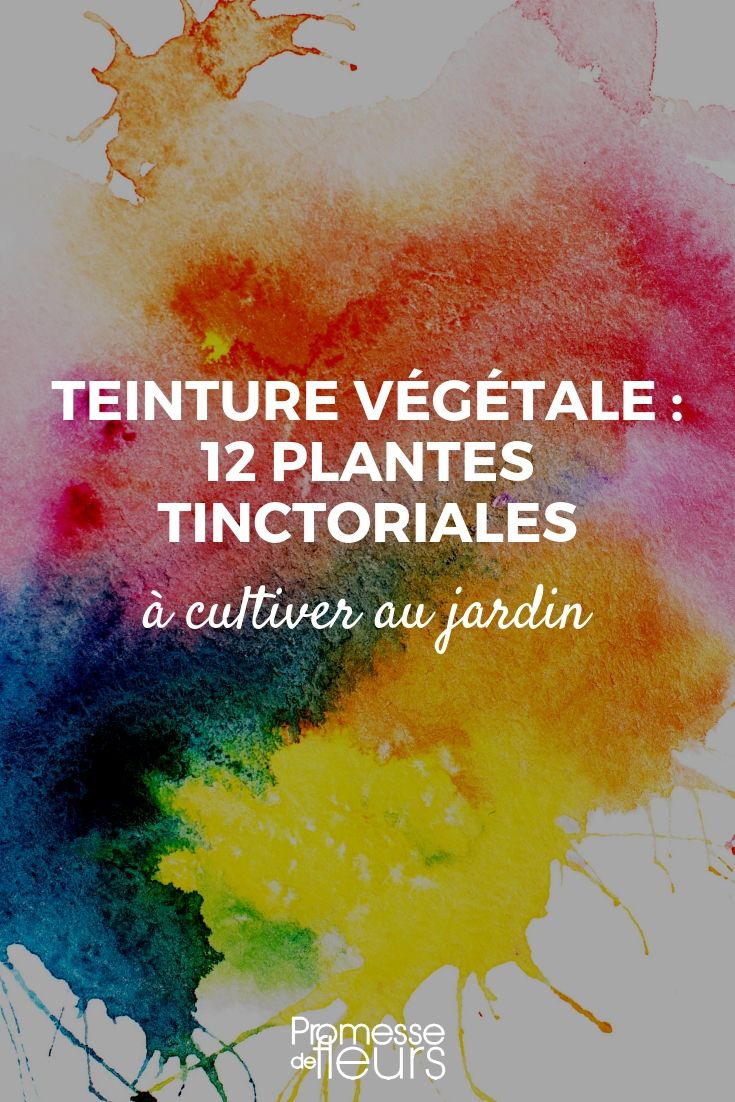
































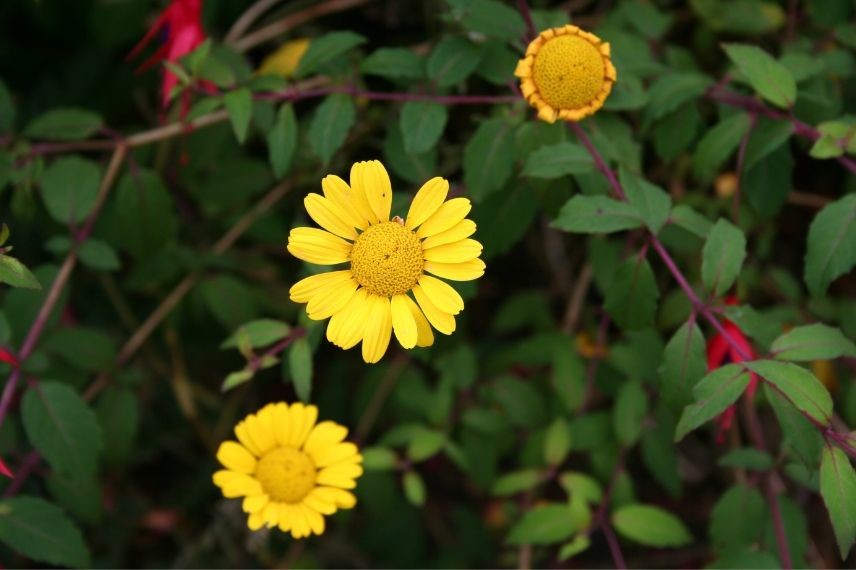
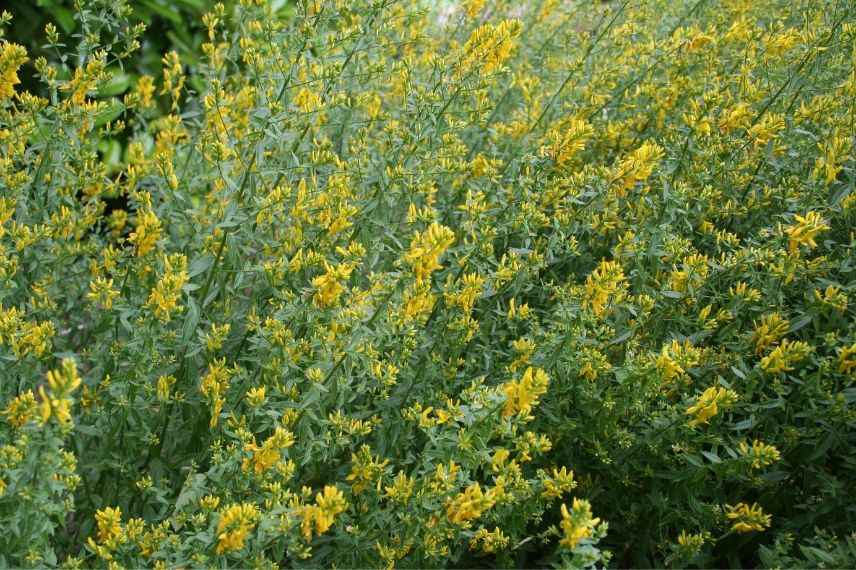


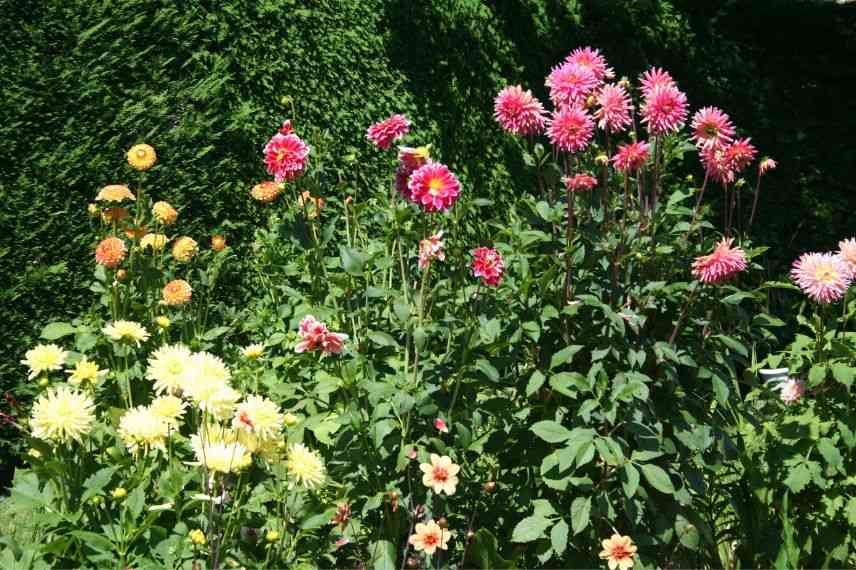
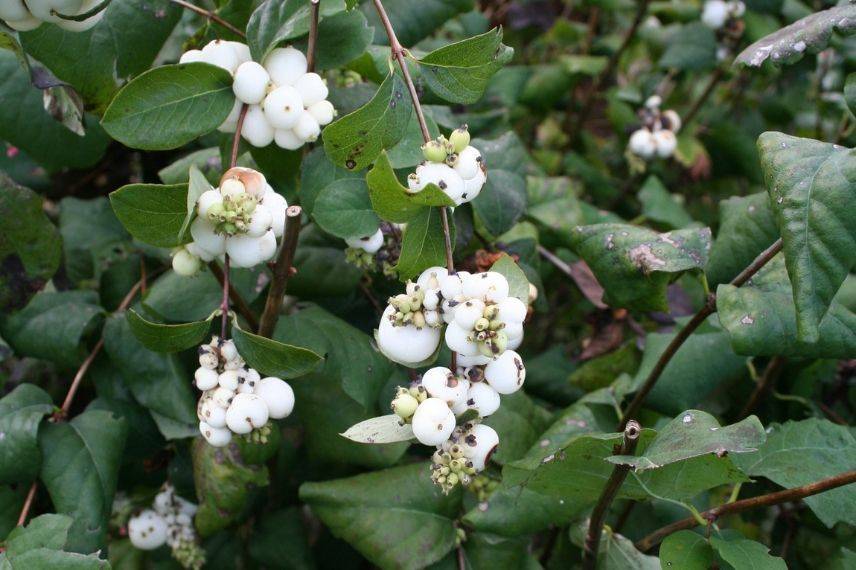
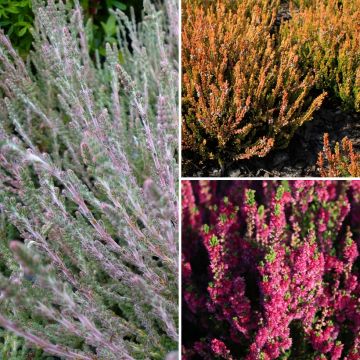
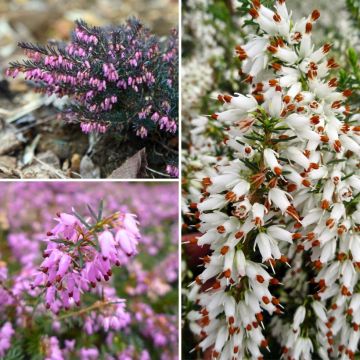



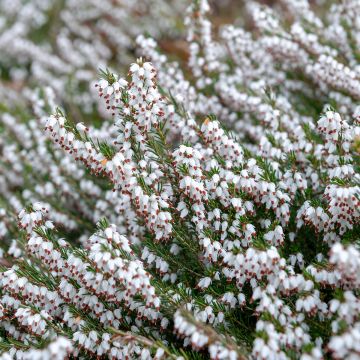

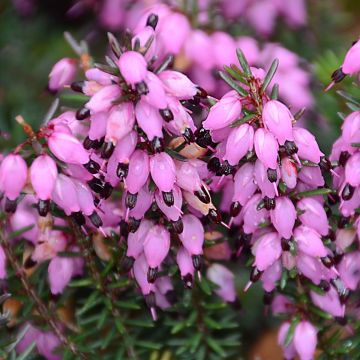
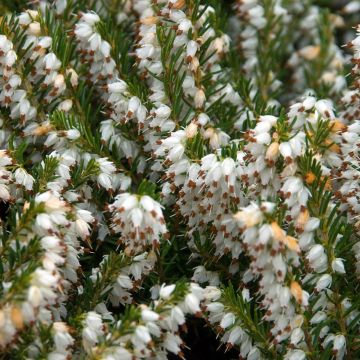
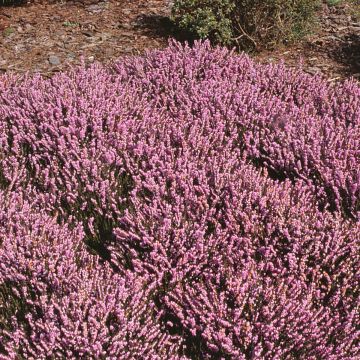
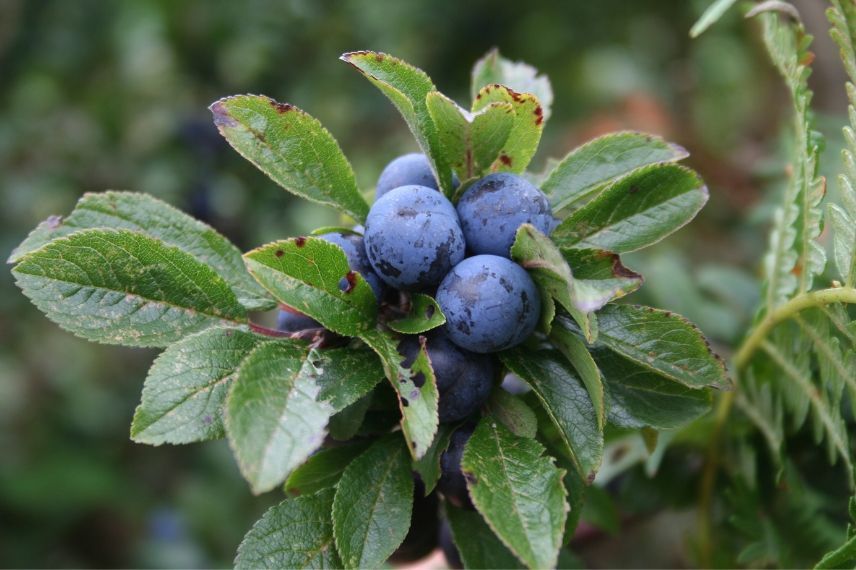

Comments